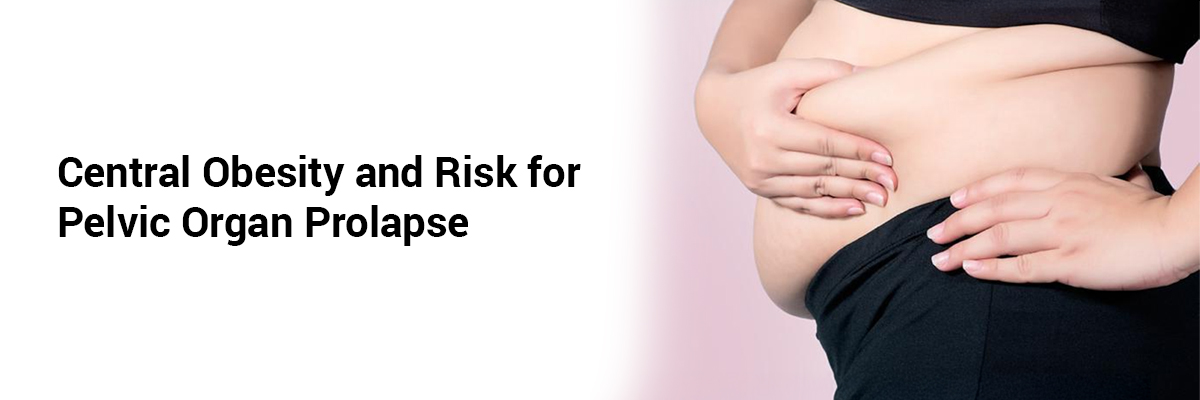
Central Obesity and Risk for Pelvic Organ Prolapse
Women with central obesity are at a higher risk of incident pelvic organ prolapse. This risk is particularly pronounced in those younger than 60 years of age or do not have a history of hysterectomy. These findings were published online October 24, 2024, in the journal Obstetrics & Gynecology.1
This prospective study was conducted to ascertain the association between central and general obesity and the risk of incident pelvic organ prolapse. A total of 251,143 participants, aged 39-71 years, without a history of pelvic organ prolapse from the UK Biobank were enrolled for the study between 2006 and 2010. Baseline data for waist/height ratio and body mass index (BMI). Central obesity was defined as waist/height ratio ≥0.5. Nearly 61% were postmenopausal and 17% had undergone hysterectomy prior to their enrolment for the present study.
Results showed 9781 cases of POP over the median follow-up duration of 13.8 years. The risk of POP was increased by 48% among participants with central obesity, independent of BMI, with a hazard ratio (HR) of 1.48. Approximately 21.7% of all POP cases were attributable to central obesity. The risk was 23% higher among women with overweight without central obesity (BMI 25-29.9 and waist/height ratio < 0.5) with HR of 1.23. This accounted for 2.0% of all POP cases that were identified in the study.
The association between risk of POP and central obesity was stronger among subjects younger than 60 years (vs ≥ 60 years) (57% vs 39%) and those without a history of hysterectomy (54% vs 27%).
These findings therefore suggest that central obesity and overweight without central obesity are risk factors for POP. Combining waist-to-height ratio with BMI provides a more accurate assessment of risk for POP compared with using either alone. Higher waist/height ratio among women with the same BMI face a greater risk of POP than those with a normal ratio.
Reference
1. Keyi Si, et al. Association of central and general obesity measures with pelvic organ prolapse. Obstet Gynecol. 2024 Oct 24. doi: 10.1097/AOG.0000000000005758.














Please login to comment on this article